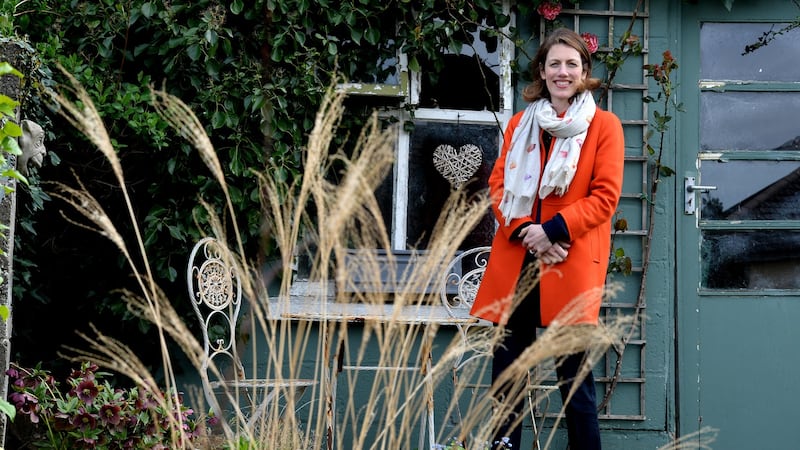The layout of period homes often doesn’t work for modern families, especially on ground-floor level, which traditionally were configured as a series of rooms – the good room, a dining room, a loo, a small kitchen and possibly a pantry/utility room at the return, all of which are quite dark, separate from each other and far from the garden.
Denise O’Connor, architect, interior designer and owner of Optimise Design says, “Today most homeowners prefer a sociable family zone with combined kitchen, living and dining space that connects to the garden.”
When she’s presented with reconfiguring the layout of period houses, she has a few fail-safe rules. “First its best to try to keep the functional areas like utility spaces and WCs in the darkest part of the house, ie the middle and keep the living spaces close to the garden to take advantage of the light.
“Secondly, if you are extending to the rear, which most projects entail, it is extremely important to try to maximise the amount of light that gets into the centre of the house. I’ve seen it so many times, when homeowners add a lovely new extension out the back, but end up blocking all the light getting into the original house. We naturally gravitate towards the light, and if you inadvertently create dark zones in the centre of the house, that becomes a dead space that doesn’t get used, which is counterintuitive to adding more room in the first place.

“Roof lights are a great way to get light into your living space. Place them close to the original house to ensure as much light as possible gets into what will be the darkest area. In many of our projects we’ve created an open-plan kitchen, living and dining space to the back that connects to a courtyard garden. We would typically then use full-height sliding doors to the rear and additional roof lights on the return, to maximise the amount of light in the perimeter and central zones of the house.
“If you have a small loo, it’s possibly best to relocate it altogether and make a decent bathroom on the next return. You could use the extra space for your kitchen, utilities or for storage. Normally we design bespoke, built-in joinery, as there never seems to be enough shelves or cubby holes in the original home, to house all of the homeowners’ bits and pieces.”











